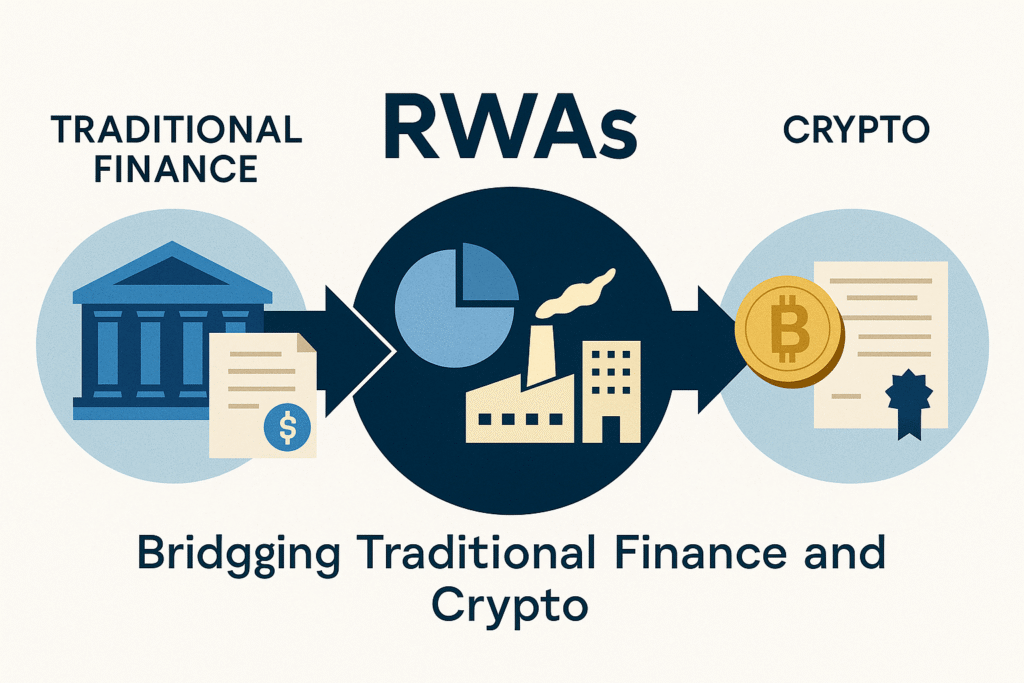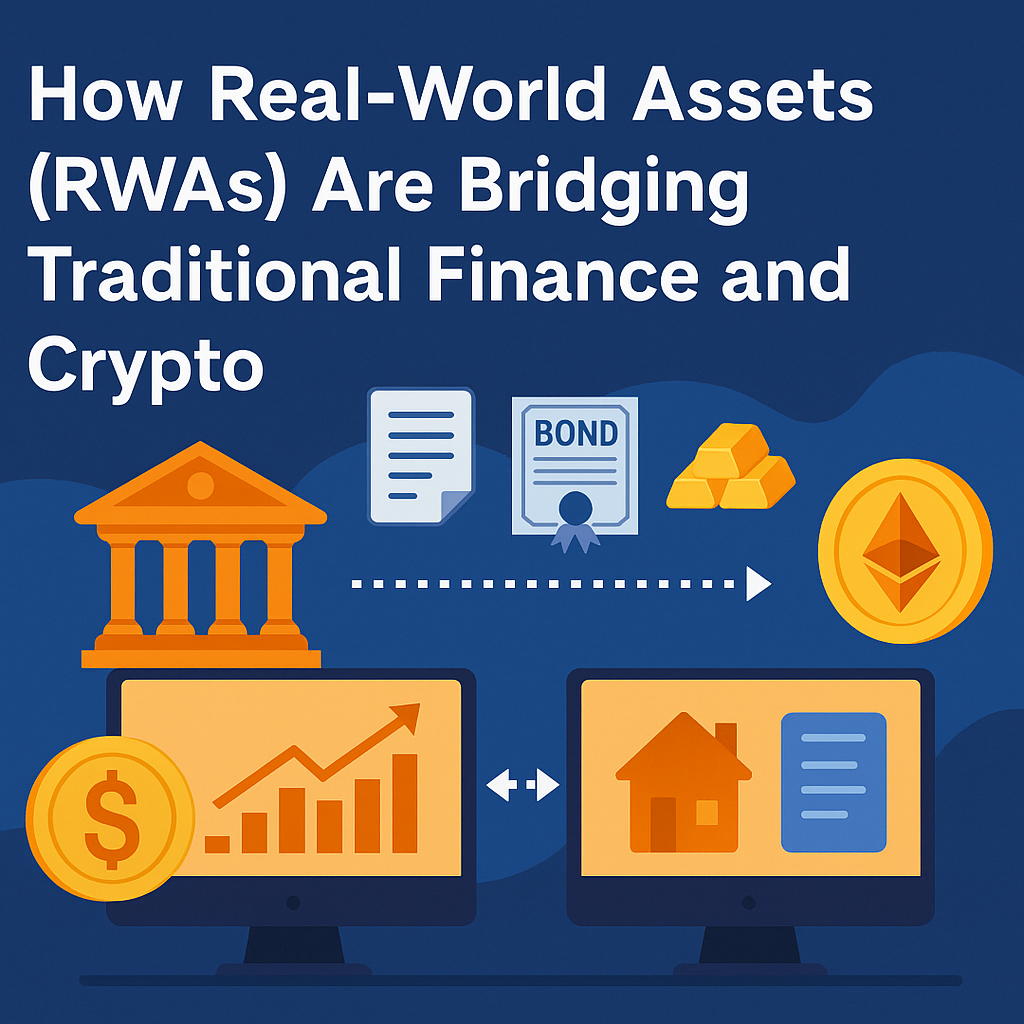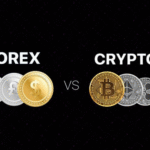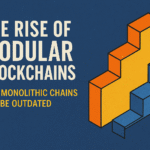How Real-World Assets (RWAs) Are Bridging Traditional Finance and Crypto
The convergence of traditional finance and blockchain technology is no longer just a vision — it’s happening now through the tokenization of real-world assets (RWAs). From real estate to treasury bonds, RWAs are being brought onto blockchain networks, unlocking liquidity and new investment opportunities.
This article explores what RWAs are, how they function in the crypto ecosystem, and why they are reshaping the future of global finance.

What Are Real-World Assets in Crypto?
Real-world assets (RWAs) refer to tangible or off-chain financial instruments that have been digitally tokenized and represented on a blockchain. These assets can include:
- Real estate
- Treasury bills and government bonds
- Precious metals (gold, silver)
- Invoices and trade receivables
- Equities and private credit
RWAs are typically issued on public or permissioned blockchains using smart contracts, creating programmable, transparent versions of traditional assets.
Why RWAs Matter for Crypto and Finance
1. Unlocking Liquidity in Illiquid Markets
Tokenizing RWAs enables fractional ownership and 24/7 global trading access. This significantly reduces entry barriers for retail investors and introduces liquidity into historically illiquid asset classes such as real estate or private debt.
2. Enhancing Transparency and Efficiency
Smart contracts eliminate middlemen, automate compliance, and reduce settlement times. Investors gain real-time visibility into asset performance and ownership history — a stark contrast to the opacity of traditional systems.
3. Driving Institutional Adoption
As regulation matures, institutional investors are increasingly drawn to blockchain-powered assets backed by real-world value. RWAs offer familiar underlying assets with the operational benefits of DeFi infrastructure.
Real Examples of RWAs in Action
Several projects are already spearheading the adoption of RWAs:
- Centrifuge: Brings supply chain invoices and real estate into DeFi lending pools.
- Maple Finance: Facilitates crypto-native institutional lending, backed by RWAs.
- Ondo Finance: Offers tokenized exposure to U.S. Treasuries through DeFi protocols.
Additionally, traditional institutions like BlackRock and Franklin Templeton are exploring tokenized funds, signaling growing confidence in the RWA model.
🔗 Explore Centrifuge’s real-world asset solutions
Challenges Facing RWA Integration
Despite the promise, integrating RWAs into crypto isn’t without friction:
- Legal and Regulatory Uncertainty: Jurisdictional complexity and unclear rules create compliance hurdles.
- Trust and Custody: Off-chain assets require third-party custodians or oracles, reintroducing elements of trust and centralization.
- Liquidity Fragmentation: Lack of standardized protocols across blockchains can limit seamless trading.
Nonetheless, these challenges are being actively addressed by emerging DeFi infrastructure and regulatory sandboxes.
The Road Ahead: RWAs and the Future of Finance
As DeFi matures and institutional interest grows, RWAs may represent the largest bridge between blockchain and the traditional economy. They introduce the stability of off-chain value to the innovation of on-chain systems, enabling a hybrid financial system where both can thrive.
From democratized investment access to faster cross-border settlements, RWAs are not just an innovation — they are a transformation.



